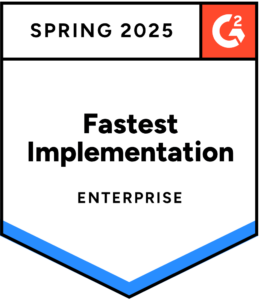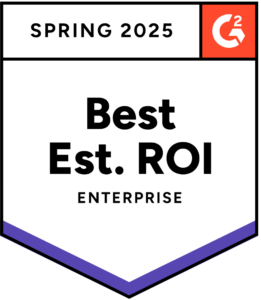Create a Compelling Business Case for Automating the Manufacturing Industry’s Office of Finance
Blog post
Share
The manufacturing industry accounted for nearly 16% of the global GDP in 2018. As a result, many governments across the world have focused on encouraging growth in their manufacturing sectors. While the industry as a whole saw a decline due to the outbreak of COVID-19, the expectation is that manufacturing companies will soon continue on the growth path that they had shown in prior years.
However, despite historic growth, and the accompanying rise in financial data that must be properly handled, the office of finance is still woefully under-supported and passed over for other departments during budgeting season.
This ultimately leads to a “do more with less” attitude towards the Record to Report process—an approach that is both time-consuming and raises the risk of misstatements due to errors caused by manual processing.
To rectify these issues, finance and accounting teams need to both prove the need for automation, as well as provide historical precedence that supports a solid ROI.
Below, are specific examples that the manufacturing industry can use to create a business case for automating their office of finance.
The Business Case for Automating the Financial Close Process
The close process for manufacturing businesses is an essential part of the accounting process, and many tasks specific to the vertical must be performed on top of the standard close tasks that all organizations handle. For example, determining what new standard costs should be entered for the upcoming year and discussing cutoff dates for removing archived bills of materials and closed or canceled manufacturing orders are all special challenges for the office of finance in the manufacturing industry.
While organizations may have been able to perform the bare minimum of their financial close by relying on manual processing and spreadsheet usage, it’s well known that this approach comes with a lack of visibility and confidence in the overall reporting. Recent studies confirm that 90% of spreadsheets have errors, and this erroneous data has become the foundation with which organizations complete their close process. As the amount of work that the office of finance manages during the financial close grows, so does the inherent level of risk.
However, organizations that have automated their close process with Cadency are able to reduce overall risk and have achieved the following results:
- Reduce time to monitor and complete close tasks by up to 30%
- Reduce time to prepare for a close by up to 20%
- Reduce risk of revenue impact due to misstatement by up to 14%
- Reduce write-offs by up to 62%
The Business Case for Automating the Compliance Process
In Trintech’s 2020 Global Record to Report Benchmark Report, the respondents in the manufacturing industry were the highest percentage of those listing the compliance process as their biggest issue. Admittedly this was expected due to the aggressive enforcement of laws governing extraterritorial conduct (such as the Foreign Corrupt Practices Act (FCPA) and economic sanctions administered by the Office of Foreign Assets Control.
Due to the level of effort that is required to remain compliant in this industry, this is the perfect process to drill into and prove the necessity of an automated solution. Cadency customers who have automated their compliance process have achieved the following results:
- Reduce internal audit effort by up to 40%
- Reduce time testing controls by up to 20%
- Reduce time to support external auditors by up to 60%
The Business Case for Automating the Intercompany Process
The volume of intercompany transactions that organizations deal with has increased rapidly over the past few years due to either natural growth of the company or through M&A activity. From the initial invoice and journal entries all the way to the final settlement value, establishing a predictable and reliable intercompany accounting process is critical to ensuring the integrity of any and all reported financial documentation.
Unfortunately, with this increase in the amount of transactions that must be properly reconciled the most common issues with intercompany transactions and subsequent accounting can result in broader financial implications. For example, an ongoing intercompany imbalance that remains unconfirmed for several days can lead to increased exposure to the risk of write-offs without a formal dispute resolution process.
Leading companies across the globe are turning to technology to solve their intercompany related challenges. Cadency’s intercompany capabilities allow for both detective and preventative controls to manage the intercompany process. Organizations that have utilized Cadency to automate their intercompany processes have seen the following results:
- Reduce time spent on journal entry adjustments by up to 75%
- Reduce time spent researching exceptions by up to 75%
- Reduce write-offs related to reconciliations by up to 62%
- Reduce write-offs due to cash shortages by up to 76%
Automation to Prepare for the Future of Finance & Accounting
Now is the time for the office of finance in manufacturing organizations to implement an automated solution to properly conduct the Record to Report process to be more effective and efficient. This will enable them to provide their executive teams with the insights they need to make critical business decisions.
Despite the priorities of competing business units, accounting teams can now show a definite need and a sense of urgency in establishing a process that produces both reliable and accurate financial statements while saving time and reducing risk.
Learn more about the benefits of automating the Record to Report process and how to create a compelling R2R business case.
Written by: Caleb Walter






